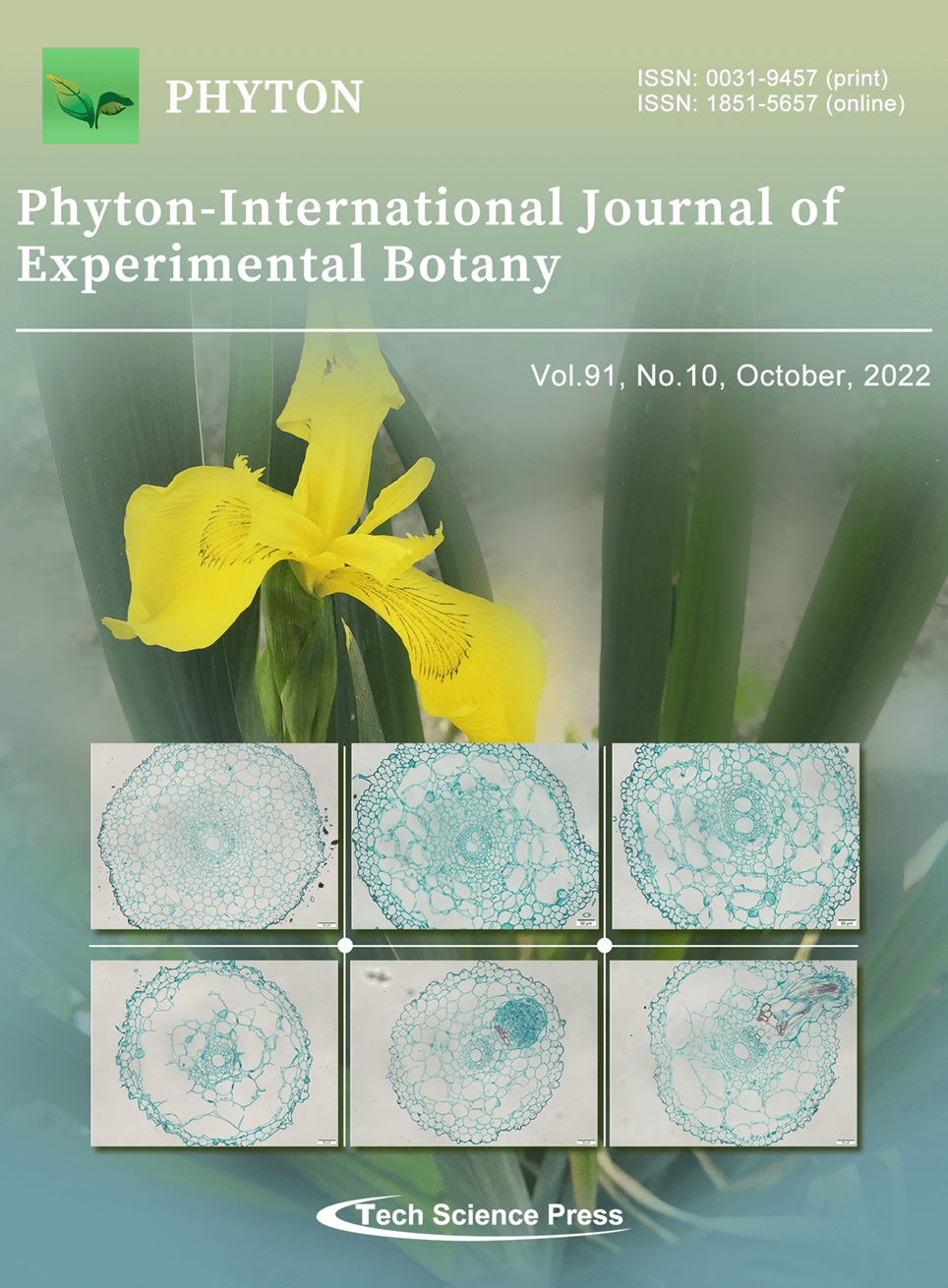Phytochemical Analysis, Estimation of Quercetin, and in Vitro Anti-Diabetic Potential of Stevia Leaves Samples Procured from Two Geographical Origins
Kuntal Das1, Syed Mohammed Basheeruddin Asdaq2,*, M. Saifulla Khan1,*, Sravani Singirikonda1, Abdulhakeem S. Alamri3,4, Walaa F. Alsanie3,4, Majid Alhomrani3,4, Sreeharsha Nagaraja5,6, Katharigatta N. Venugopala5,7
Phyton-International Journal of Experimental Botany, Vol.91, No.10, pp. 2349-2365, 2022, DOI:10.32604/phyton.2022.022379
- 30 May 2022
(This article belongs to the Special Issue: Therapeutic Efficiency of Phyto-Molecules)
Abstract The current study used RP-HPLC to compare phytochemicals and estimate the bioactive constituents found in Stevia rebaudiana Bert. (SRB) leaves collected from two different geographical sources. SRB leaves were collected from Bangalore, Karnataka, India, and Reduit, Mauritius. Extracts were prepared using ethanol and aqueous solvents. Proximate analysis was used to evaluate moisture content, ash values, crude fibers, and extractive values. Following that, preliminary phytochemical screening was done on both ethanol leaves extracts, and subsequently total flavonoid content was determined. In addition, TLC chromatograms and RP-HPLC studies were performed on both plant extracts to determine the presence… More >
